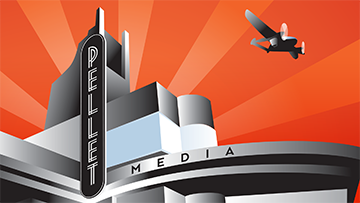Part 5: Meeting with a Mentor
We were aiming for an October proposal submission deadline, and if we couldn’t pull this together in time, we would have to wait until the following October. I was convinced that if we were to miss the deadline, I’d find myself in the same place a year later. But as the deadline approached, despite the voluminous resources available, I didn’t have the necessary material and data to draft a compelling proposal. Maybe I had too much information? Perhaps I had a classic case of decision paralysis? It turns out that passing on the deadline helped us face a problem and address it.
First, I needed to connect with someone that had the educational experience and objectivity I needed to help me see my way through this development process. I turned to my National Science Foundation program officer. Why? To let her know about our failure to talk to students as well as to understand the complexity of the issue. To let her know about the discordant voices on effective solutions to the higher education challenges facing autistic students. In other words, I needed someone to encourage me and help me frame a compelling narrative from the costly lessons we’d just spent months learning.
A few months later, I found myself sitting in the office of my NSF program officer. I laid out the idea. I explained how this project involves researching and identifying emerging best practices in both the accommodation and integration of autistic individuals within STEM courses and the technician workplace. I detailed how we have been developing this work for months and that we were leaning toward proposing to develop “bright spot” case studies. I broke it down even further by explaining how the case studies will feature techniques from successful programs and initiatives with measurable results that can be replicated at other colleges.
My program officer was interested, then I broke the news.
I told her that unlike all our other projects, it was a challenge identifying the advisers and educational partners. I told her people within the autistic community discouraged us from partnering with some of the larger autism organizations and some of the smaller ones. Her advice in that moment reframed the whole process. She told me to look at the organizations and people who are making a difference in the life of one student.
“Start there,” she said. It was that simple.
A few months later, with seven advisors and three education partners, we submitted our proposal. On August 1, 2017, we received notice that the NSF funded it.



